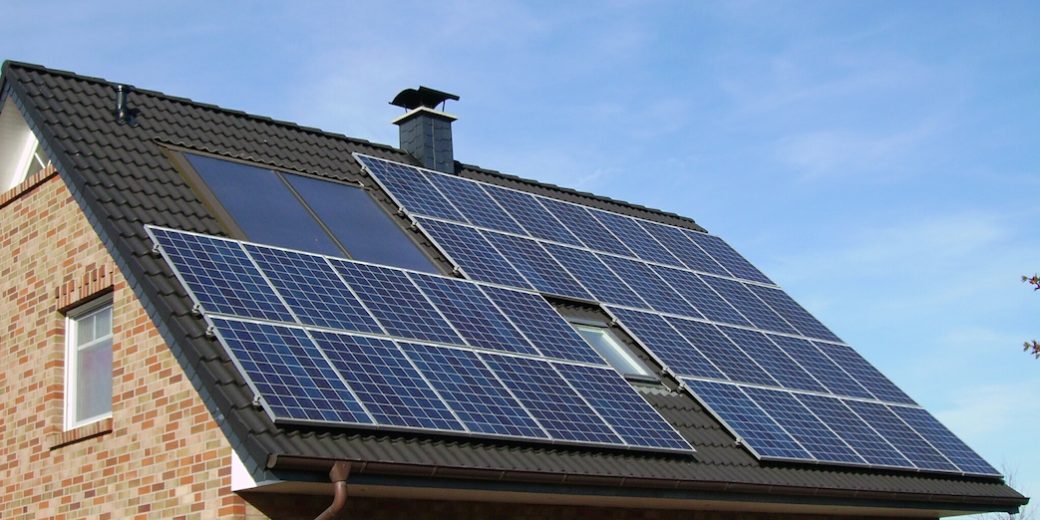How to Know if Solar Energy Is Right for You

Solar energy is reported to be the most abundant energy resource on earth—173,000 terawatts of solar energy is striking the Earth at any given time. As you consider whether solar energy is right for you, explore some of the following considerations.
Home Architecture and Lot Location
Solar panels are installed on the roof of a buyer’s home to optimize sun absorption. Some homes are more equipped to facilitate such an installation, others may need to be reconsidered or restructured. Homes with one of the two roof extremes—steep or flat—may be less likely candidates for installation and efficiency. Homes that have large trees nearby, especially those with overhanging and shadow-casting branches, may also present efficiency challenges.
As you consider your home’s readiness for solar panel installation, here are some ideal conditions to consider:
-Moderate roof pitch
-South-facing roof sections
-Roof space free of shadowing caused by trees or adjacent buildings
-Sunny yet low-temperature climate
Geographic Location
While solar energy options are available in all fifty states, some states stand out more than others. Your first step is to research how many days of sun your area receives each year. Consult a list of annual sunshine per state as well as information about your specific region.
Once you’ve determined your area’s sun exposure, you also need to consider local laws and ordinances. At first, California, Arizona, and Hawaii might seem ideal. However, while weather and sun conditions in these states are prime for solar power, their local legislation will place a bit of a cloud between you and your solar power dreams.
As federal and state governments incentivize solar energy with rebates, credits, and loans, they can also significantly increase your primary costs. The U.S. Department of Energy is the source of your largest hurdles with what they call soft costs: permitting, zoning, and hooking a solar system up to the power grid. On average, local permitting and inspection processes add more than $2,500 to the total cost of solar energy systems.
These regulatory measures can really change the landscape of solar power in your area. States such as New York, Massachusetts, and Connecticut lead the way for both solar productivity and governmental beneficial reasons. See rankings and state report cards for your area here.
Time and Long-Lasting ROI
Like any good investment, solar energy is a long-term commitment. Your largest savings will be in years to come. As you consider and weigh your solar power options, be sure to consider what type of pricing model best fits your budget and financial goals. Pricing models can be categorized as follows:
-Solar lease
-Power Purchase Agreement (PPA)
-Home Equity Loan
-Energy Efficient Mortgage (EEM)
-Properly Assessed Clean Energy (PACE) Program
-Peer-to-Peer Lending
-Shared Solar
-Group Purchase
This wide array of financial options is one of the larger benefits of going solar. There’s sure to be an option out there that fits your specific financial situation.
In addition to your future cost analysis, take a look at your current electric bill. Doing so will allow you to fully project the amount of savings you are going to see as you do away with traditionally sourced electricity. When it comes to solar cost, those with high energy bills have the largest ROI and potential savings.
Solar energy is ever more affordable and reliable. Whether or not you are fully ready for solar energy, do what you can today to find ways to ready your home or financial situation for future solar installation.
Bryan Phelps is a solar energy analyst at Vivint Solar.
Image Credit: via FlickR Under Creative Commons licence.
